Warorot Market is a historical landmark and spirit of Chiang Mai
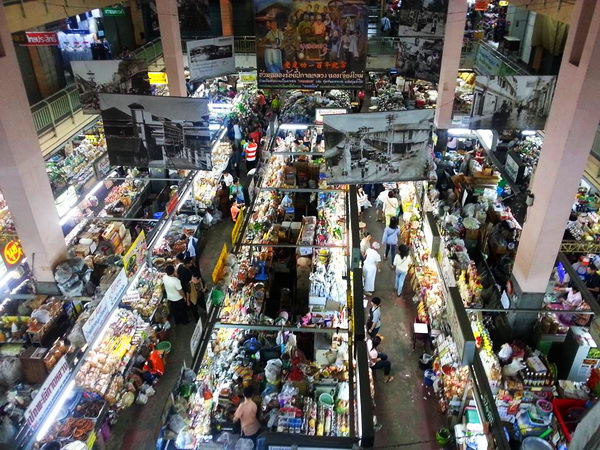
Warorot Market is a great spot for travelers wanting to experience the true Thai culture and daily life.
Warorot Market is actually half of the ensemble called Kad Luang, the other half is the Talad Ton Lam Yai market (the part of Kad Luang that runs parallel to the river). The 2 markets, separated by a street, are both protected in a 3-storey building. Due to deformation, what most people call Warorot is therefore Kad Luang.
If you arrive in a different city and want to see the real life, markets are the best place to do so. Most of the times you will be the only white person there, because a lot of ‘regular’ travelers don’t go. In Chiang Mai, Warorot Market is usually called by the locals Kad Luang. It is the oldest and most established market in Chiang Mai. Built over a hundred years ago, this three-storey building remains an epicenter for trading, exciting shopping opportunities and a general joyful riot of sensory overload! It is a great place to get a view of the local way of life.
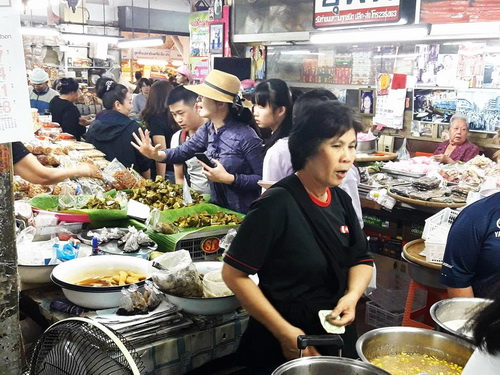
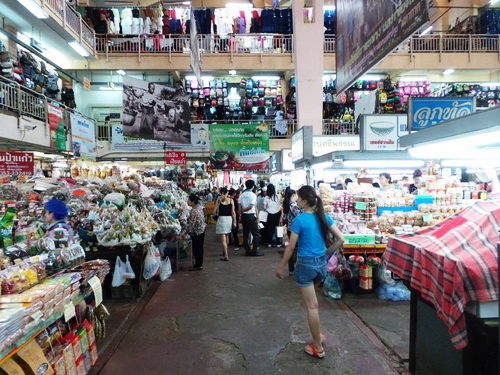
Warorot market is located close to the Ping riverside, several blocks north of the Night Bazaar. It is a must-visit for food lovers as it offers a wide range of ready-to-eat meals, local snacks and all kinds of fresh produce. A large section of the market features inexpensive goods, such as clothing, fashion accessories and personal care products. Another part of the market is all about Chiang Mai traditional accessories, locally handmade little things and religious accessories. Warorot is also connected to Ton Lamyai Market, both have a huge indoor covered section, as well as corridors and alleys in between filled with street food carts, produce vendors and trucks loading and unloading their products. The streets surrounding the market also have tons of stalls selling kitchen equipment, toys, clothes, flowers and all kinds of house hold goods.
Warorot Market and Ton Lam Yai Market were founded when the boat trading between Chiang Mai and Bangkok prospered. They grew larger as the shipments increased at the piers along the western bank.
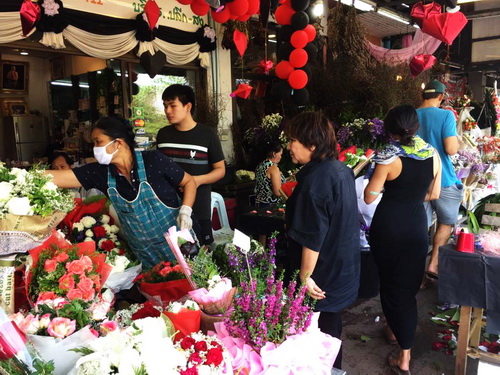

The market was set up on the land of the old northern ruler’s cemetery. In 1909, Chao Dara Rasami, the royal consort had the cemetry moved to Wat Suan Dok. In 1910 she developed the property into a market for people to do trading activities. Warorot Market was named after Chao Inthawarorot Suriyawong, the 8th ruler of Chiang Mai.
At first both Warorot market and Ton Lam Yai market were open spaces and not well-known. Trading activities would start at dawn, and late in the morning by the time the sun had risen up high, everyone would have returned home. As more people moved in, permanent structures were built. Stores were set up all along the roadsides, some were wooden some were concrete. The interesting point of these two markets is that people from different racial backgrounds could balance their careers perfectly. The traders came from three major races: locals, Chinese and Sikhs. The Sikhs opened fabric stores in the outer ring of the market from the Lao Zhou alley around both sides of the Chang Moi Road: they came from Punjab region in India.
In 1968 a tragedy occurred causing great sorrow to the market people. On February 13th, a big fire broke out at Ton Lam Yai market and spread to Warorot market. Since the buildings were mostly wooden and the goods stored in shops were mostly fabric, the fire grew rapidly completely burning down both markets. The merchants affected by this had to move out and sell their goods elsewhere, some went to Changklan area. The market was rebuilt later in a western style as seen today which in those days was considered very up-to-date.
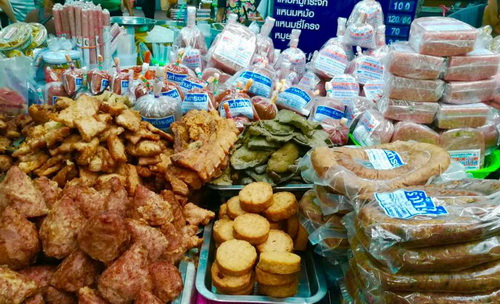

Nowadays the market is a crossroads of Thai, Chinese, Indian, Muslim and Western cultures. People there are from different ethnic backgrounds, representing five religions that have existed side by side in harmony. Within walking distance from the market are the Chinese shrines Guan Yu and Pung Tao Gong, the buddhist temples Wat San Fang, Wat Uppakut and Wat Ket Keram as well as Namdhari temple (Namdhari movement is an offshoot of Sikhism).
Today, Warorot market is the best place to experience the “real” Chiang Mai. It is an epicentre for trading, exciting shopping opportunities and a general joyful riot of sensory overload! Inside the market, on the first floor, you will discover pig heads, cooked and dried fish, herbs, spices, local desserts and sweets along with religious accessories. On the second and third floors, there are cheap clothes, handbags, pillow covers, handicrafts, school uniforms and thousands of cosmetics products. In the neighborhood there are many stalls with everything from shoes to gems and many gold shops. One of the streets close to the market is call Lao Jo. This place houses a market where Hmong people come and sell handwoven cloth and accessories. Another street, is famous for its Chinese Shrine called Cong Thao Kong. Built about 130 years ago this Chinese temple is very typical. Hidden behind modern signage are mid-century and pre-World War II architectural treasures, including a large teak structure next to Ton Lam Yai market. All around the market are several “Chinese-style “shop houses” whose owners run businesses such as herbal pharmacies, textile and shoe emporiums, gold shops, casual eateries. They usually work downstairs and live above.


Warorot Market is almost a 24-hour experience. When the halls of the covered markets turn quiet in the evening, the main streets outside change to a night bazaar with food stalls and fashionable clothing, a place loved by Chiang Mai’s young generation. Locals and residents dine at low wooden tables under a pork-scented haze, feasting on regional specialties like kanom jeen nam ngiaow (rice vermicelli topped with a ragu of pork or beef, tomatoes, shallots and fermented soybeans). They also often order green papaya salad made with chillis and dry shrimps.
Whether by day or by night, Warorot Market is a must-visit for people in search of history, true feeling, local souvenirs and great food. Not far from it is the Chiang Mai Philatelic Museum (formerly the Mae Ping Post Office) where are displayed collections of ancient postal equipment and photos including rare postage stamps and postboxes. Everyone who wants to feel the pulse of Chiang Mai should visit!
Our services :
- Chiang Mai City Tour by TukTuk (Join in tour)
Warorot Market Map


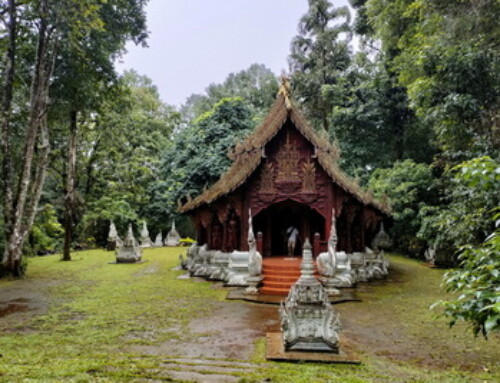



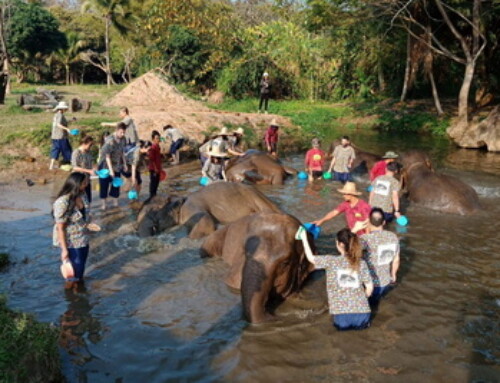
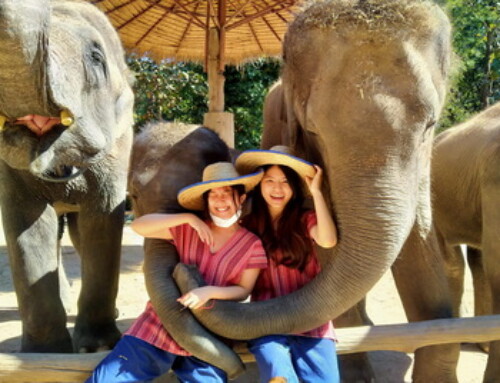



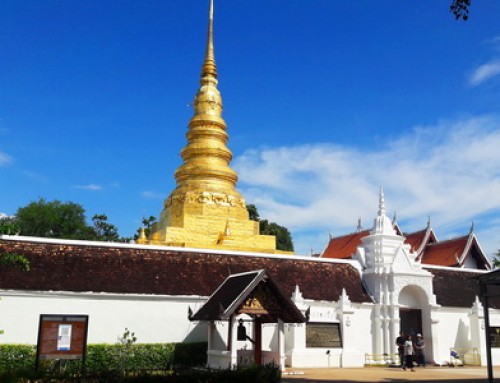
Leave A Comment